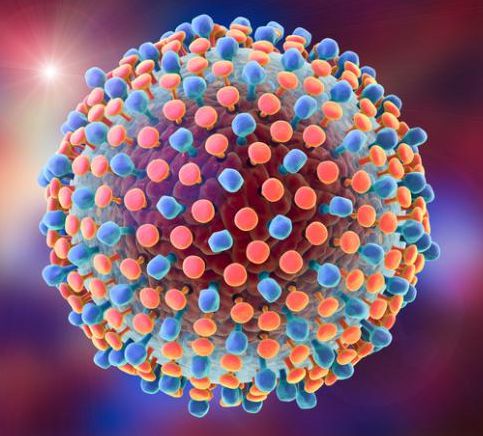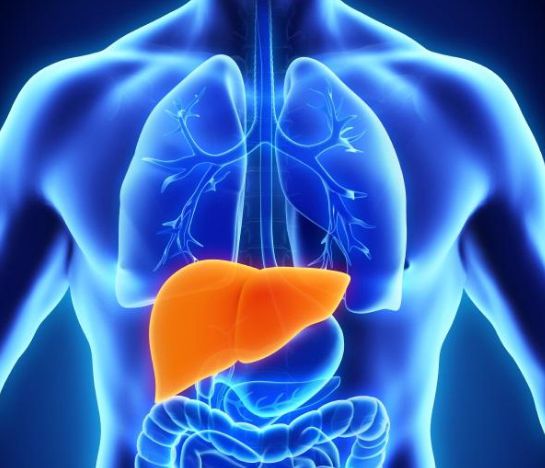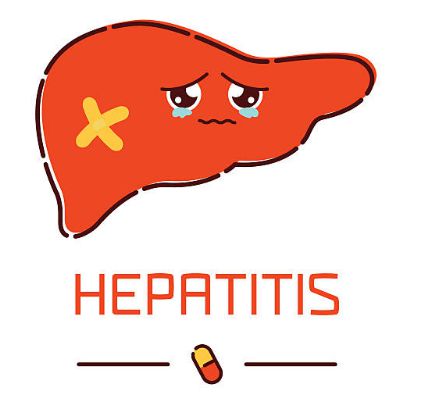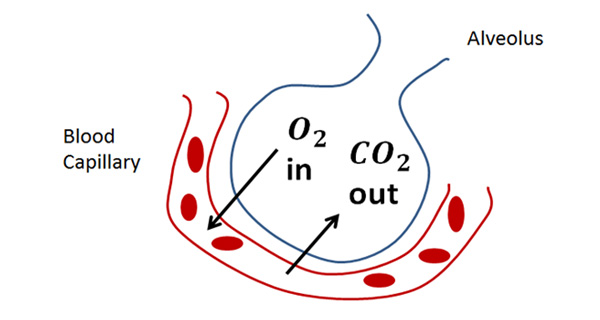Hepatitis is an inflammation of the liver. It is usually caused by a viral infection, toxic agents, or drugs.
Symptoms of Disease
- Jaundice (skin color becomes yellow).

- Abdominal pain.
- Liver enlargement.
- Fatigue and sometimes fever.
- It may be mild. Sometimes it is acute and can cause liver cancer.
- Weakness in the body. In severe cases, death may occur.
Types of Disease
There are different types of disease:
Hepatitis A
Earlier, it was called infectious hepatitis. It is transmitted by contact with the faces of infected persons. It is caused by the HAV virus. The HAV is a non-enveloped RNA virus. It causes mild, short-term, and less virulent diseases.
 Hepatitis B
Hepatitis B
It is the second major form of the disease. It is transmitted by the exchange of body fluids like blood serum, breasts from mother to child, and sexual contact. So it is also called serum hepatitis. It is caused by the HBV virus. HBV is common in Asia, China, the Philippines, Africa, Arabia, etc. Its symptoms are fatigue, and loss of jaundice. An infected person can recover completely. He becomes immune to this virus. Chronic infection may damage the liver.
Hepatitis C
It was earlier called non-A, non-B virus. This disease passes from mother to child during pregnancy. It is also transmitted by sexual contact. It is caused by the hepatitis C virus HCV. HCV is an RNA-enveloped virus. It causes infusion disease. It is less severe than HAV or HBV. HCV often leads to chronic liver diseases.
Hepatitis-D
It is called delta hepatitis (as its virus lives inside the HBV virus).
Hepatitis E
Its virus is transmitted through the feces of an infected person. The work, of Halbur and coworker (2001) reveals that pig is the source of hepatitis E infection.
Hepatitis F, G
The virus that causes this disease has not been identified.
 Prevention and Cure of Disease
Prevention and Cure of Disease
It can be controlled by the following methods:
- Adopting hygienic measures.
- Routine vaccination.
- Screening of blood, organ, or tissue of the donor.
- The genetically engineered vaccine is available for HAV.
- Sexual contact should be avoided completely.
- Reuse of used syringes should be avoided.




I was diagnosed with hepatitis B six years ago when I became pregnant with my first child. My husband got tested for the virus as well but the results turned out negative. I had no idea how or where I contracted that virus. I had no signs or symptoms before the test. Last year I was getting some burning sensations in both feet and insomnia. I have not had any medications. December 2017 our family doctor started me on Natural Herbal Clinic Hepatitis B Virus Herbal mixture, 5 weeks into treatment I improved dramatically. At the end of the full treatment course, the disease is totally under control. No case of insomnia, burning feet, or weakness. Visit Natural Herbal Gardens official website www. naturalherbalgardens .com. I am strong again and able to go about daily activities. This Herbal Formula is Incredible!! My life is back.